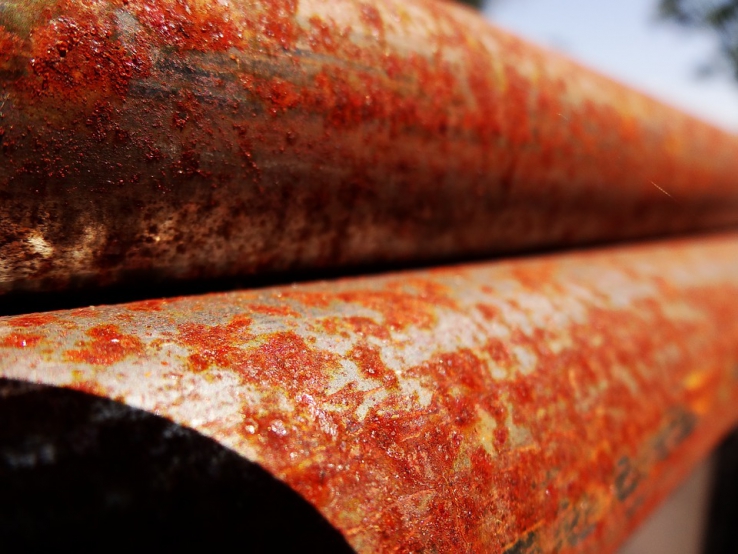The Most Frequent Types Of Corrosion
The cost of corrosion to industry worldwide is massive. According to NACE International, the cost is estimated to be over $2.5 trillion a year.
Corrosion of metal in the presence of water is a common problem across all industries and it’s impossible to completely avoid this process.
Different types of corrosion require different solutions, therefore it’s important to understand the type of corrosion you are dealing with before you start to specify any preventative steps.
The major forms of corrosion include:
- Sweet Corrosion
- Sour corrosion
- Oxygen Corrosion
- Galvanic Corrosion
- Crevice Corrosion
- Microbiologically Induced Corrosion
Sweet Corrosion
CO2 corrosion or sweet corrosion is the corrosion of carbon and low-alloy steel by carbonic acid and its derivatives. Carbonic acid is formed by gaseous carbon dioxide first dissolving into water, and then reacting to it. There are three main types of CO2 induced corrosion in pipelines:
Pitting Corrosion: Pitting takes place at low velocities and at the dew point in gas-producing wells. A small shallow is formed in the pipe wall, which is gradually corroded away until the temperature and CO2 partial pressure increase, the pitting susceptibility increase as well.
Mesa-Type Attack: Mesa attack is a type of localized corrosion and happens in low to medium conditions where the protective ion carbonate film forms, but it is unable to bear the operating flow regime.
Flow-Induced Localized Corrosion: This kind of corrosion happens in areas of transient and turbulent flow and it is when the protective barrier covering the pipe wall is stripped away, leaving a small exposed area for where all corrosion activities take place.
Sour corrosion
Sour Corrosion is the deterioration of metal due to contact with hydrogen sulfide (H2S) and moisture.
Since the discovery and development of oil and gas fields containing hydrogen sulfide in the production wells, it has been essential to protect assets against sour corrosion. Hydrogen sulfide H2S is an aggressive gas; When it’s dissolved in water, it forms a weak acid, which can cause pitting in the presence of oxygen or carbon dioxide.
Oxygen Corrosion
Oxygen corrosion is the degradation of metals and the reaction of dissolved ions in the presence of oxygen to form insoluble deposits due to the rapid rate of oxidation.
The presence of significant quantities of oxygen in addition to water and electrolytic environments can cause dramatic corrosion reactions to occur on a metallic surface.
Galvanic Corrosion
Galvanic Corrosion, also known as dissimilar metal corrosion, occurs when two different metals are located together in a corrosive electrolyte. A galvanic couple forms between the two metals, where one metal becomes the anode and the other the cathode. The anode, or sacrificial metal, corrodes and deteriorates faster than it would alone, while the cathode deteriorates more slowly than it would otherwise.
Three conditions must exist for galvanic corrosion to occur:
- Electrochemically dissimilar metals must be present
- The metals must be in electrical contact, and
- The metals must be exposed to an electrolyte
Crevice Corrosion
Crevice corrosion occurs when metal surfaces are attack by a stagnant solution in crevices, for example around the edges of nuts and rivet heads. When dust, sand and other corrosive substances land on a metal surfaces, they trap water which cause corrosion.
Microbiologically Induced Corrosion
Microbiologically Induced Corrosion, is the deterioration of metals because of the metabolic activity of microorganisms.
There are several bacteria known to cause microbiologically influenced corrosion of carbon steels, stainless steels, aluminium alloys and copper alloys in water and soil.
Understanding the types of corrosion that your assets are facing is the first step to effective prevention and cost reduction.

